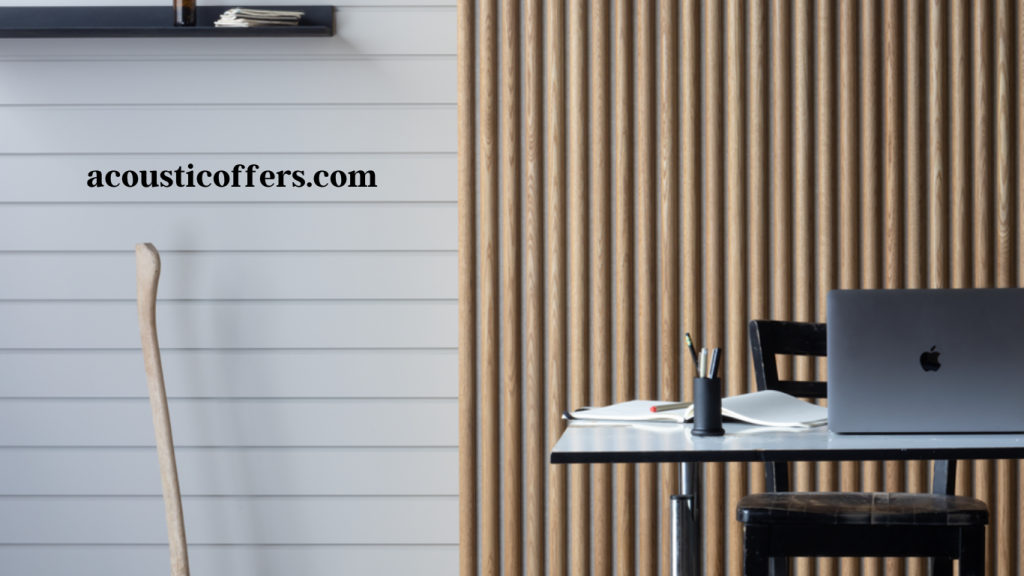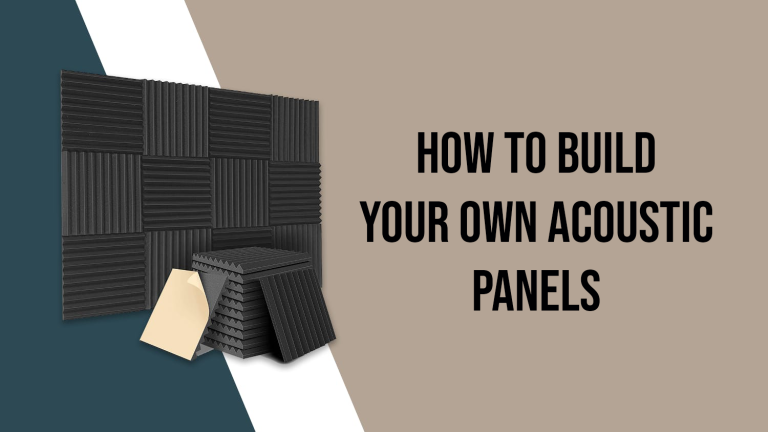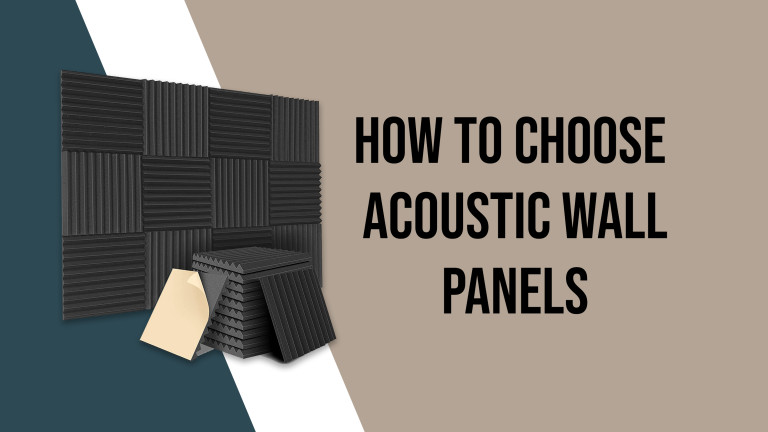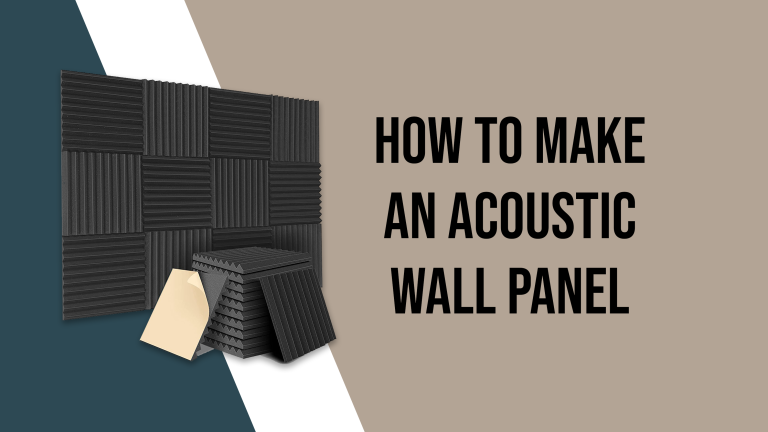Can You Paint an Acoustic Wall Panel?
Acoustic panels are a helpful feature for controlling sound in a home theater, they are frequently not the most attractive fixtures. I frequently get the question, “Can you paint acoustic panels? Exactly for this reason. I dug deep to find the most accurate facts for you.
You can make your own panel and paint it. The acoustic panel created by you will also work perfectly.
So, can you paint acoustic panels? In this article, we’ll discuss it in detail.
Can You Paint an Acoustic Wall Panel?
Yes you can paint your acoustic panel. The paint you select won’t impair its absorptive properties or the foam is designed to permit such modifications.
The goal should be to keep your acoustic foam or panel true to its efficacy and integrity after painting.
The open-celled nature of the panels or the foam and impact absorption may become clogged by the paint, so it is strongly advised against painting them.
But, painting acoustic panels will significantly lower their effectiveness.
Acoustic panels are simply foam that is framed in wood and covered with fabric at the front. It is necessary for this fabric to be more “inviting”. Since it serves as an additional absorbent before the sound waves reach the inner foam.
Keep in mind that acoustic panels are not intended to be soundproof. Instead, they control the amount of sound in a room and absorb sound to lessen noise, echoes, and reverberations.
It’s dangerous to paint your acoustic panels! The fabric cover on acoustic panels can be changed, even if you’ve damaged it with non-breathable paint, so there is some good news.
So, Should I Paint Acoustic Panels?
You shouldn’t paint your acoustic foam or panels in that manner. You might choose better methods to improve the aesthetics if the appearance troubles you. Tiny bubbles can be found on the surface as well as throughout acoustic polyurethane foam. This open cellular structure, which traps air and releases their energy as heat, is what causes absorption.

As a result of their surface porosity, acoustic panels and foams behave in this manner. By saturating these pores with paint, painting the surface effectively stops or limits penetration. The effectiveness of acoustic foam or panels to absorb sound can be severely hampered by this.
Will the performance of acoustic panels be affected by painting?
Acoustic panels can be painted while they are brand-new. They may start to lose their acoustic qualities when they are utilized over time.
They will have to be replaced if this occurs. Acoustic panels can typically be painted as far as they are not coated in glue.
If your panels are coated in adhesive, the painting may eventually separate and flake off or there may be significant air bubbles that function differently.
What paint is superior?
Even while some manuals may inform you that some kinds of paint will be nicer than others. There are still different degrees of terrible paint.
The “best” paint for the job will probably be spray paint because it can be applied from a distance and only becomes liquid paint if it is put too thickly.
However, even if you are skilled with a spray gun, spray paint will still clog the pores in the acoustic panel. Both latex and water-based paints should be avoided because it will be impossible to apply a thin enough layer.
There are a few straightforward reasons why you shouldn’t paint acoustic panels: the effectiveness of acoustic panels depends on the foam’s open-celled nature.
Paint covers the surface it is applied to with a thin, opaque coating of color.
As a result, paint will soak into the acoustic panel’s pores and lessen the panel’s capacity to absorb sound waves.
While spray paint is likely to be the greatest option, latex and acrylic paint will likely be the worst.
How to change the color of acoustic panels?
Using drywall spackle to paint inside walls is surprisingly simple, but you must be careful to not get any on the real acoustic panels. The fundamental goal of painting all internal surfaces is to create an acoustically favorable atmosphere that improves the quality of indoor sound.
It is simple to comprehend why painting acoustic panels might be beneficial if you are familiar with the fundamentals of how they function. This is also the reason why traditional acoustic panels were white. Since then, they have undergone substantial development to enhance sound quality.
Every few inches, a hole is present in each panel to help with the acoustic and enhance sound quality. Any sound that’s also reflected or retained in the room will be magnified before it escapes if all of these apertures are open and exposed.
When you paint the side walls in your studio, you fill in all the open spaces with paint, which considerably lowers the amount of sound that leaves from the room. In turn, this raises the level of separation and the caliber of the sound in your room.
Conclusion
Acoustic panels should not be hung over paint. Since sheets of cloth are often not intended for painting, the thick covering will change the texture and weaken the foam core board’s fibers. While painting the underside of the screen won’t make it seem as smooth as the factory coating, sealing the acoustic panels with clear sealer will help to protect them.
Related Articles
How Do Acoustic Wall Panels Work








